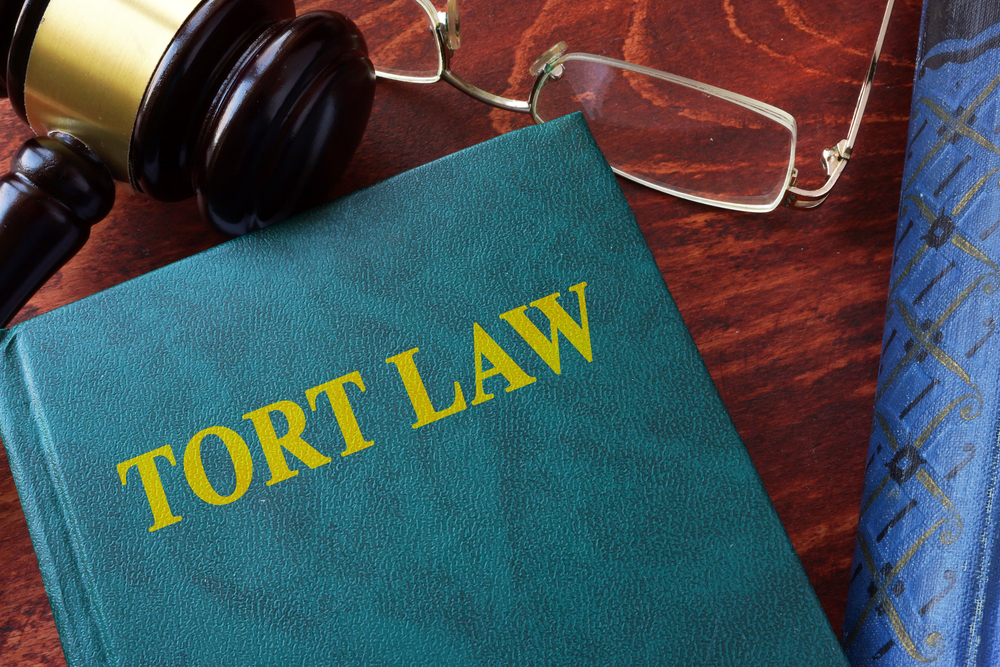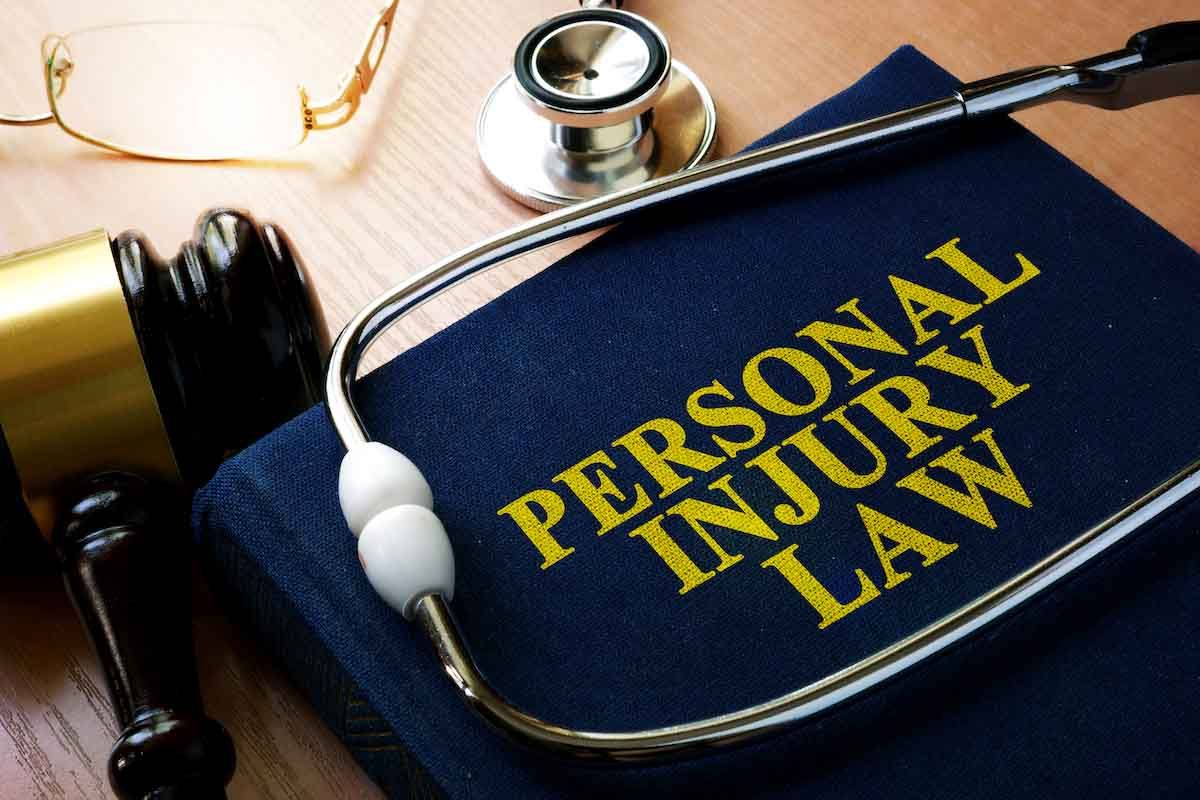Tort law is a complex area of civil law that deals with wrongful acts that cause harm to others. These acts can be intentional, such as assault and battery, or unintentional, such as negligence. If you believe you have been harmed by the wrongful actions of another, understanding tort law examples can help you determine if you have a valid claim.
Intentional Torts
Intentional torts involve acts that are deliberately committed, even if the harm caused was not the intended outcome. Some common examples of intentional torts include:
- Assault: The threat of imminent harm or violence that causes reasonable fear of harm.
- Battery: The unlawful and intentional touching of another person without their consent. This can include physical contact or the use of objects.
- False Imprisonment: The unlawful detention or restraint of a person against their will.
- Defamation: The publication of false statements that harm a person’s reputation. This includes libel (written defamation) and slander (spoken defamation).
- Intentional Infliction of Emotional Distress: Extreme and outrageous conduct that causes severe emotional distress to another person.
- Trespass to Land: Entering onto another person’s property without permission.
- Trespass to Chattels: Interfering with another person’s right to possess their personal property.
Unintentional Torts: Negligence
Negligence is the most common type of tort. It occurs when a person fails to exercise reasonable care, resulting in harm to another. To prove negligence, you must generally demonstrate the following:
- Duty of Care: The defendant owed a legal duty of care to the plaintiff. This duty can arise from a variety of relationships, such as doctor-patient, employer-employee, or driver-pedestrian.
- Breach of Duty: The defendant breached their duty of care by failing to act as a reasonable person would in the same circumstances.
- Causation: The defendant’s breach of duty directly caused the plaintiff’s injuries. This involves both actual causation (the “but for” test – the harm would not have occurred “but for” the defendant’s actions) and proximate cause (the harm was a foreseeable consequence of the defendant’s actions).
- Damages: The plaintiff suffered actual harm, such as physical injury, property damage, or emotional distress.
Examples of Negligence
- Car Accidents: A driver who negligently runs a red light and causes a collision.
- Medical Malpractice: A doctor who fails to diagnose a serious medical condition, resulting in harm to the patient.
- Slip and Fall Accidents: A property owner who fails to clear snow and ice from their sidewalk, causing a pedestrian to slip and fall.
- Product Liability: A manufacturer who produces a defective product that causes injury to a consumer.
- Professional Negligence: A lawyer who fails to file a legal document on time, resulting in the loss of a client’s case.
Understanding the Impact of Tort Law Examples
Understanding these tort law examples can be crucial for individuals who believe they have been wronged. By identifying the specific type of tort involved, individuals can determine the appropriate legal course of action and seek compensation for their injuries.
Key Considerations for Tort Law Claims
- Statutes of Limitations: There are time limits for filing a lawsuit for most torts. These time limits, known as statutes of limitations, vary depending on the type of tort and the jurisdiction.
- Damages: If you are successful in a tort lawsuit, you may be entitled to various types of damages, including:
- Compensatory Damages: These damages are intended to compensate you for your actual losses, such as medical expenses, lost wages, and pain and suffering.
- Punitive Damages: These damages are intended to punish the defendant for their wrongdoing and deter others from engaging in similar conduct. Punitive damages are typically only awarded in cases of intentional torts or gross negligence.
Seeking Legal Advice
If you believe you may have a valid tort claim, it is essential to consult with an experienced attorney. An attorney can help you assess your case, determine the applicable laws, gather evidence, and represent you in court.








:max_bytes(150000):strip_icc()/GettyImages-524550630-91d82ee8f7e04f66b682e8f88b306c89.jpg)


